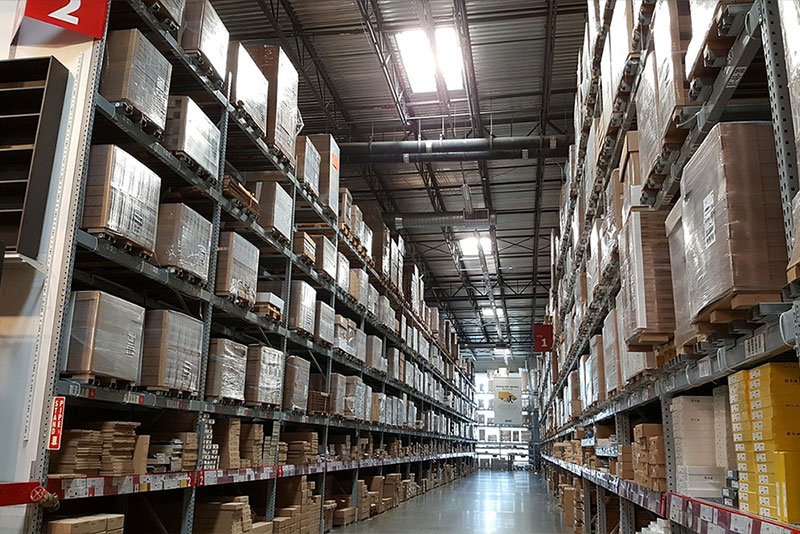When managing a US overseas warehouse, regular inspections of goods are crucial to ensure quality control and operational efficiency. Conducting these inspections systematically helps in maintaining standards and meeting customer expectations.

Here are some essential steps to effectively conduct regular inspections:
1. Establish Inspection Protocols: Define clear protocols outlining what aspects of the goods need inspection, such as quality, quantity, packaging, and documentation. These protocols serve as guidelines for inspectors to follow consistently.

2. Schedule Inspections: Plan regular inspection schedules based on factors like the type of goods, storage conditions, and shipping frequencies. This ensures inspections are timely and integrated into warehouse operations without disrupting workflow.
3. Train Inspectors: Equip inspectors with adequate training on inspection procedures, quality standards, and the use of any necessary equipment. Well-trained inspectors can identify issues accurately and initiate corrective actions promptly.
4. Use Checklists: Develop detailed checklists covering all critical inspection criteria. Checklists help inspectors methodically review each item and document findings consistently, reducing the likelihood of oversight.
5. Conduct Physical Examinations: Perform physical examinations of goods to verify their condition, integrity, and compliance with specifications. This hands-on approach is essential for detecting defects or damages that may affect product quality.
6. Monitor Storage Conditions: Monitor and maintain appropriate storage conditions such as temperature, humidity, and lighting to preserve the quality of goods before inspection and during storage periods.
7. Document Inspection Results: Record inspection results accurately in a centralized database or system. Documenting findings facilitates traceability, enables trend analysis, and supports decision-making for improvements.
8. Implement Corrective Actions: Establish procedures for handling non-conforming goods. Implement corrective actions promptly to address issues identified during inspections and prevent their recurrence.
By following these steps, warehouse managers can ensure that goods in the US overseas warehouse meet quality standards, comply with regulations, and ultimately satisfy customer expectations.